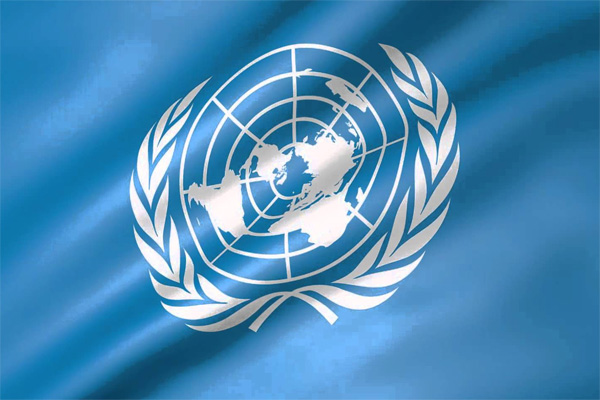
Another US$6 million needed to help Tajikistan’s flood victims, UN says
The Central Asian country was pummelled with heavy rains in April and May, causing the deaths of dozens of people and forcing more than 3,000 others to permanently flee their homes. The Office of the Coordination of Humanitarian Affairs (OCHA) and the Government of Tajikistan appealed in August for US$7.7 million to help recover and rebuild disaster-resilient communities. So far, only US$1.7 million - or 21% - of the total amount has been received, said OCHA spokesperson in Geneva, Elizabeth Byrs.
In Khuroson, a hard-hit district in the southern part of the country, more than 1,000 people live in tents by day and seek warmth in schools or with host families by night, Ms. Byrs added. Others are staying with resettled neighbours or relatives. The concern now is especially grave as temperatures in December can reach negative 25 degrees Celsius.
The Tajik Government, private sector and religious organizations have provided new dwellings to more than 150 families. Other aid organizations have been constructing water systems in the new settlements and providing cash and basic necessities, such as bed linen, blankets and towels, for setting up new homes.
In addition, food has been provided for the displaced and also to the host families to reduce the strain in their limited food supplies from taking in more people. However, the under-funded housing project is limiting peoples’ abilities to rebuild their lives.
“The people who are left homeless are struggling to survive. They cannot count on the hospitality of equally poor families indefinitely,” said Ilija Todorovic, the interim United Nations Resident Coordinator in Tajikistan, following a visit to Khuroson. “The international community has to prevent the mudflow victims from spiralling ever deeper into poverty.”